Imagine a production that integrates projection mapping a half dozen environments into a thirty-second spot and seamlessly maintains a tone of sleek professional adventure. John Bashyam did, and then he helped make it a reality.
ZipRecruiter’s latest commercial, directed by Jack Begert, achieved its visually flowing workplace scenes with the 3D projection mapping and frame blending skills of the team at Warm & Fuzzy, the digital animation and design studio co-founded by John Bashyam.
John is a director, entrepreneur, and award-winning digital artist. His creative agency has provided animation, design, post production and VFX services for a diverse array of brands from Apple to Budweiser and Reddit. He has done VFX work on films such as Avengers: Age of Ultron, Ant-Man, and Ghostbusters.
John is an authentic social media presence, a force in all aspects of VFX production, and he spoke with us about the creative and technical prowess the Warm & Fuzzy team utilized to make ZipRecruiter’s latest commercial a success.
What was the most challenging aspect of creating a production that required such frame-by-frame precision to build?
“I think the most challenging thing was making sure everything was captured correctly on set. Since these spots were heavily reliant on each scene matching up exactly in order to do the seamless transitions, we had to make sure that there were no major red flags that might make things impossible in post. We did location scouts, had two VFX supes on set, and a lot of meticulous planning to make sure things were going to work out the way we wanted them to. Not to mention, we have a great working relationship with the director, Jack, who is a friend of mine. This allowed us to streamline the communication and get ahead of the planning process really early in the project.”
What was the software you used for this project? What did you use for the projection mapping? What features do you find most exciting to use in a process like this?
“We used After Effects and Nuke for all of the compositing, roto, paint-out, and morphing work in these spots. For the projection mapping, we modeled the 3d geometry in Maya and then used Nuke to do the actual projection.
I always like incorporating 3d into the mix with live-action stuff. We could have opted for simpler 2d-based transitions, but I think the projection mapping of the environment just takes it to another level visually.”
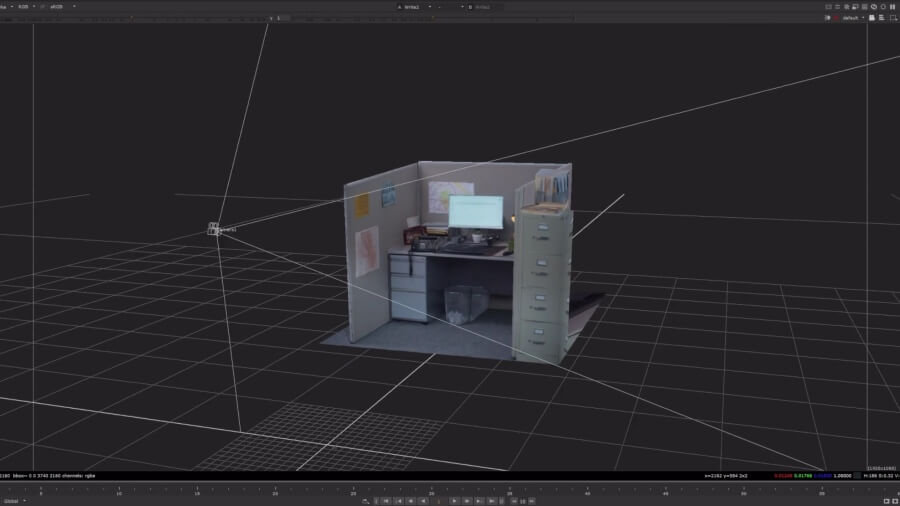
What kind of techniques did you incorporate to achieve realistic world-building while maintaining the tone of the video?
“We didn’t want to go over the top with the effects so we opted for a more grounded and subtle approach. We did a lot of blending and morphing on the actors to get from one scene to another and created 3d geometry with projection mapping in order to make the background transitions feel more realistic than just a 2d wipe.”
What was the process like to capture images that are more amorphous – for instance – the jumble of weeping willow branches that are visible outside the window in the background of one of the shots, or the forest at the end of the video? Did you incorporate cyber scanning? If so, tell us about that.
“Those are all just shot traditionally on location. No VFX involved there.”
You had tagged After Effects in your behind-the-scenes video posted on LinkedIn. I know what it’s like to line-read a story from an editing perspective, and this feels similar – instead of rearranging the words to flow seamlessly, you’re doing it with frames. How much time is invested in a single frame? Did you have one that took more time than the rest?
“I don’t know if it was any single frame that took the most time, but some of those transitions really required going in and meticulously painting/warping frame by frame in order for things to look believable. Our artists had a lot of patience and went through many rounds of revisions to get to the final product.”
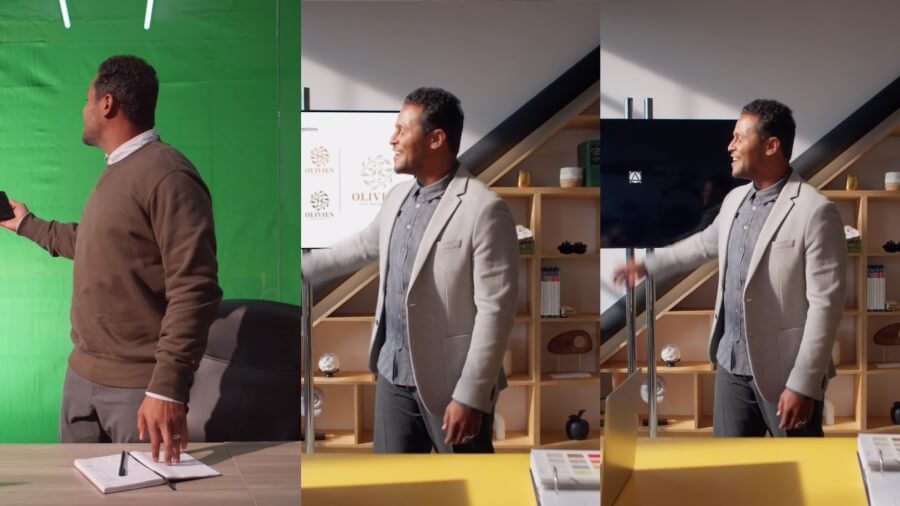
You’re a co-founder of the animation and design studio Warm & Fuzzy. You’ve performed virtual wizardry for an eclectic range of brands, from the bursting fruits of the Mas Agave hard seltzer video to the “Tom Brady trick shot” video that went viral with hundreds of millions of views. What’s the most rewarding aspect of development for you: Do you enjoy the birth of a project in storyboarding, seeing everything come together at the end, or creating the actual VFX?
“I enjoy the whole process, but if I had to pick favorites it would probably be seeing everything come together at the end. It is quite satisfying to see something evolve from words or drawings on a page to a fully finished product. And how all the different pieces between VFX/animation, editorial, color, sound design, music all come together to form a final piece. It takes a massive amount of collaboration, coordination, and organization to pull it off.”
Is there any specific project you’d like to challenge yourself with next? Do you have a dream project or collaborator out there?
“It has long been a goal of mine to do a very high-quality CG animated title sequence for a mainstream TV show!”
Any upcoming projects you’d like to mention?
“We’ve generally got about 5+ projects in the works at any given time. Unfortunately for many of them we are under NDA or can’t discuss until they are released. But definitely stay tuned as we are constantly publishing our latest projects to Instagram or our website!”

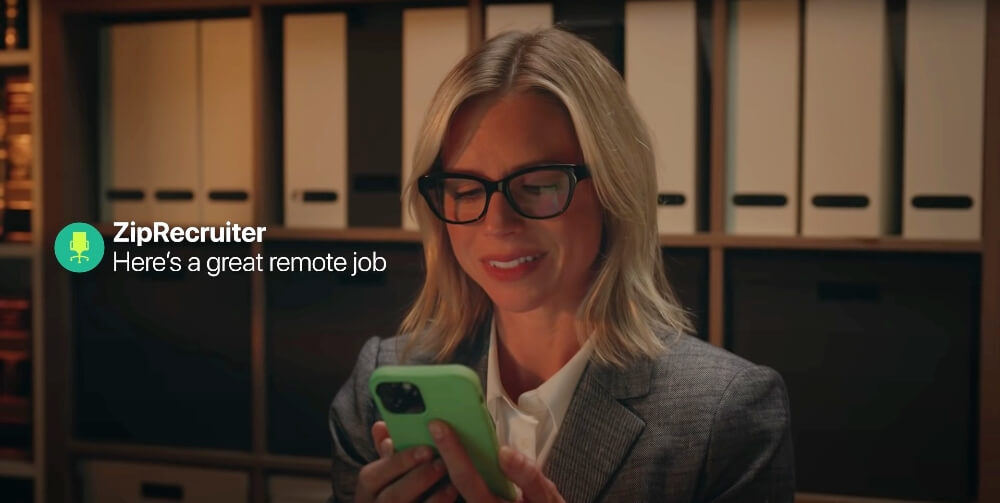
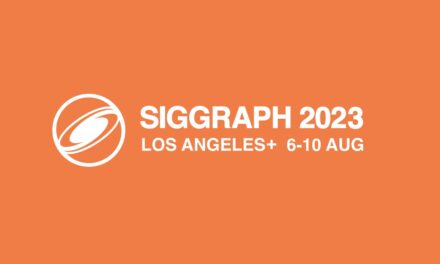
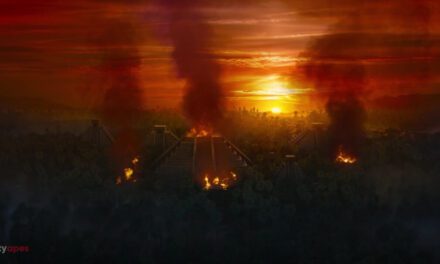
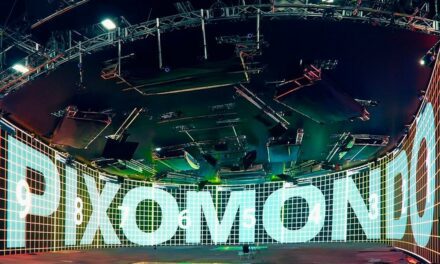
![Where The Crawdads Sing: The Book Brought to Life [Trailer]](https://wellfixitinpost.com/wp-content/uploads/2022/06/Where-the-Crawdads-Sing-feat-01-res-440x264.jpg)